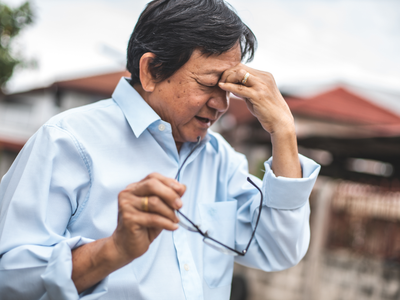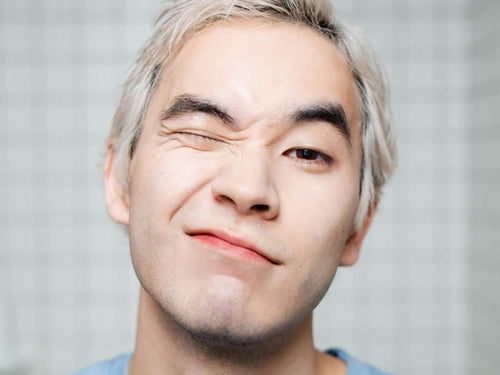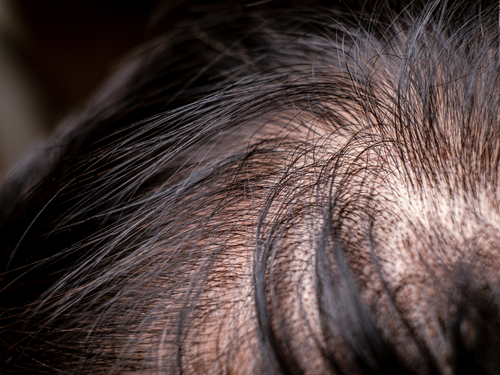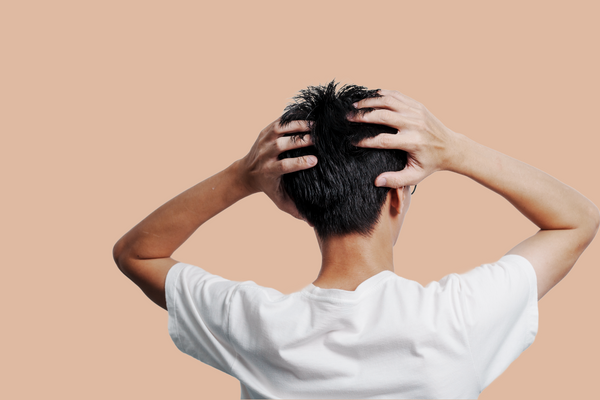Finasteride for Hair Loss: Side Effects, Dosage and More

If you're noticing your hairline creeping back or more strands collecting in the shower drain, you're not alone. Hair loss is a common concern for men in the Philippines—and one of the most talked-about treatments is finasteride. But what is it, how does it work, and what should you know before trying it?
In this guide, we’ll walk you through everything you need to know about finasteride for hair loss: how it works, the right dosage, possible side effects, real-world results, and how to start your treatment journey in the Philippines.
What Is Finasteride?
Finasteride is a prescription medicine that doctors may use to help manage certain types of hair loss, also known as androgenetic alopecia. This is the most common form of hair loss in men, affecting over 50% of Filipino men by age 50.
It works by inhibiting an enzyme called 5-alpha-reductase, which converts testosterone into dihydrotestosterone (DHT)—a hormone that miniaturizes hair follicles and shortens the hair growth cycle. When DHT levels are reduced, hair follicles can function normally again, resulting in a slowdown or reversal of hair thinning.
Originally, finasteride was developed in a 5 mg dose to treat enlarged prostate (under the brand name Proscar). But doctors noticed an interesting side effect—patients were growing thicker hair. This led to the development of a lower 1 mg version called Propecia, specifically for hair loss treatment.
How Effective Is Finasteride for Hair Loss?
Finasteride has been studied extensively under medical supervision. Results vary and should be discussed with a licensed doctor. Multiple clinical trials and long-term studies have shown that it can:
-
Slow or stop hair loss in up to 90% of men
-
Promote regrowth in thinning areas, especially at the crown
-
Improve hair density and thickness
A 5-year study published in the European Journal of Dermatology found that over 90% of men taking finasteride maintained or improved their hair density over time, while 75% of those on placebo continued to lose hair.
Even better? Most men who stay consistent with treatment experience visible results within 6 to 12 months.
Who Should Consider Finasteride?
Finasteride is best for men who:
-
Are experiencing early to moderate stages of male pattern hair loss
-
Have thinning at the crown or a receding hairline
-
Want to preserve and strengthen existing hair
-
Are ready to commit to long-term treatment
It’s ideal for men in their 20s to 40s, but older men can benefit too—especially if they still have active follicles in thinning areas.
What’s the Recommended Dosage?
Doctors typically determine the appropriate dosage and treatment plan based on individual assessment.
Tips for best results:
-
Take it at the same time each day
-
Stay consistent—missing doses weakens the treatment effect
-
Avoid stopping suddenly (hair loss can resume within 6–12 months of discontinuing)
Some doctors may also prescribe alternate-day dosing in specific cases to reduce the risk of side effects, though daily use is most common.
What Are the Side Effects of Finasteride?
Finasteride is generally well tolerated, but it has received attention for its potential side effects particularly those involving sexual health.
Reported side effects include:
-
Decreased libido (sex drive)
-
Erectile dysfunction (in fewer than 2% of users)
-
Reduced semen volume
-
Testicular or breast tenderness (rare)
-
Anxiety or mood changes (very rare)
In a meta-analysis from JAMA Dermatology, sexual side effects were found in 1.8–3.8% of men. The vast majority of users do not experience side effects, and when they do occur, they usually go away after stopping the medication.
Addressing the myths:
The internet is full of alarming stories about "post-finasteride syndrome," a condition where symptoms allegedly persist even after discontinuing the drug. However, this syndrome is not well recognized by global regulatory authorities and lacks conclusive scientific evidence.
If you're concerned, it’s always best to:
-
Start with a doctor’s supervision
-
Track any changes in how you feel
-
Report side effects early
Is Finasteride Safe for Long-Term Use?
Yes—many men take finasteride safely for years. In fact, long-term use tends to produce better results. A Japanese study that tracked men over 10 years of continuous use found ongoing hair density improvement and no increase in side effect frequency.
However, you should:
-
Get regular checkups, especially for prostate health
-
Inform your doctor of any unusual symptoms
-
Avoid use if you’re trying to conceive (finasteride may slightly reduce sperm count)
Can Finasteride Be Combined with Other Treatments?
Definitely. In fact, combining finasteride with other clinically backed treatments can enhance your results.
Popular combinations:
-
Finasteride + Minoxidil – oral or topical minoxidil can stimulates hair growth
-
Finasteride + Biotin or Hair Vitamins – supports follicle health
-
Finasteride + Anti-DHT Shampoos – may help reduce scalp DHT locally
Platforms like Andyou offer personalized regimens combining all of the above, tailored to your hair loss type and severity.
When Will You See Results?
Hair growth takes time. Most men begin to see visible improvements in:
-
3 months: reduced shedding and stabilization
-
6 months: regrowth in crown and thickening at the hairline
-
12 months: noticeable density, reduced scalp visibility, and improved hairline texture
The earlier you start, the better your long-term results will be.
Can Women Use Finasteride?
Finasteride is not recommended for women of childbearing age, as it may cause birth defects if taken during pregnancy. However, some postmenopausal women under strict medical supervision have used it off-label.
For female pattern hair loss, topical minoxidil remains the first-line treatment.
Where to Get Finasteride in the Philippines
Because finasteride is a prescription-only medication, it’s important to work with a licensed medical provider.
In the Philippines, you can:
-
Visit a dermatologist or general practitioner
-
Finasteride is available by prescription through licensed medical providers and pharmacies in the Philippines.
Andyou removes the hassle of doctor visits and pharmacy pickups, offering modern care without the awkwardness.
Final Thoughts
Finasteride remains one of the most effective and accessible treatments for male pattern hair loss. While it's not a miracle cure, it provides a real opportunity to preserve and thicken hair especially when started early.
Like any long-term treatment, success depends on consistency, realistic expectations, and ongoing guidance from medical professionals.
If you're ready to do something about your hair loss, Andyou makes it easy. Start your consultation today and get a plan that works for you—no guesswork, no shame, just real results.

Explore More Guides and Articles You'll Love
Explore our latest guides and articles to help you learn more about the latest trends in the industry.

Stress, Sweat, and the Sun: The Real Reasons Filipino Men Lose Hair Early
Filipino men often notice hairlines changing earlier than expected.

Can Stress Alone Make You Bald? The Science Behind Filipino Hair Loss
Many Filipinos are familiar with how stress can take a physical toll, from restless nights to sudden hair shedding.

Does Biotin Really Help Hair Grow Back? Filipino Review
Hair loss is a concern shared by many Filipinos, from students in Quezon City dealing with academic stress to call center agents managing erratic sleep schedules.












